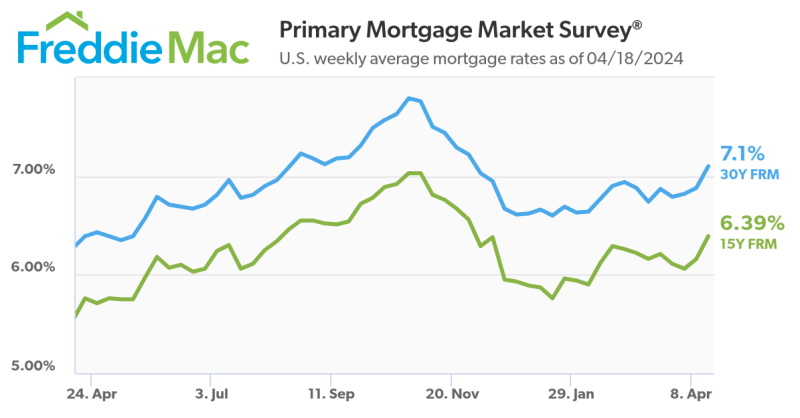Advertisement
FHFA Modifies Home-Sale Transfer Fee Regulation

The Community Associations Institute (CAI), advocate of more than 300,000 U.S. community and condominium associations is praising the Federal Housing Finance Administration (FHFA) for revising a proposed regulation that could have prevented potential homebuyers from securing mortgages for as many as 11 million U.S. homes. CAI lobbied the FHFA to modify its initial proposal, which would have prevented Fannie Mae, Freddie Mac and other federal home loan banks from purchasing mortgages for homes in communities with deed-based transfer fees.
Traditional community association transfer fees are based on contractual agreements in which new owners pay a fixed amount or small percentage of the sales price to the communities. Associations use these fees to support operations and fund essential, long-term maintenance and capital improvement projects.
Announced in the Federal Register Feb. 1, the proposed regulation would still bar mortgage support for homes in associations where transfer fees do not benefit the association and, therefore, properties in the community.
"This was a critical revision for the financial health of tens of thousands of community associations," said CAI Chief Executive Officer Thomas M. Skiba, CAE. "Protecting traditional transfer fees is beneficial to homeowners, potential homebuyers, the associations and the housing market. The government should avoid doing anything that could stifle home sales and put communities in further financial jeopardy."
"The exclusion of deed-based transfer fees that benefit community associations is a step in the right direction for associations and the still-stagnant housing market," said 2010 CAI President P. Michael Nagle. "We are pleased the voices of community associations and homeowners were heard. We hope this isn't reversed before the regulation is finalized."
According to the FHFA, Fannie Mae, Freddie Mac and 12 other federal home loan banks provide almost $6 trillion in funding for U.S. mortgage markets and financial institutions.
For more information, visit www.caionline.org.
About the author





